En découvrant le travail de Jean Painlevé au hasard d'une expo photo sur le Paris des années 1930, nous avons immédiatement été séduits par le personnage et il nous a semblé évident de lui faire une petite place ici. Déjà, sa bio est parlante: passionné et original, il partage son temps entre la biologie (et particulièrement l'étude des animaux marins), le cinéma et la pédagogie... ici, c'est déjà un ami quoi! Ensuite, dès que l'on jette un œil (et une oreille!) à ses courts-métrages documentaires, on ne peut que reconnaitre un maitre du totalement Strange and absolument Funky, comme par exemple pour cet exposé datant de 1929 sur les Hyas et les Sténorinques, deux genres de crabes aimant à se déguiser, à l’instar des crabes fleuristes dont on parlait ici.
We discovered Jean Painlevé’s work by chance, during a photography exhibition on 1930’s era Paris, and were immediately appealed by the character : he seemed a perfect fit for this blog. For starters, his biography is telling: passionate and original, he divides his time between biology (and especially marine biology), cinema and education… He’s obviously a friend now!
Then, when we take a look (and lend an ear) at his short-movies, we can definitely recognize a master in Strangeness, and a Funky attitude, like in this little 1929 documentary on Hyas and Stenorhynchus, two sorts of crabs who like to disguise themselves, as do the florists crab which we described earlier.
Alors, déroutant n'est-ce pas? Ca nous change du documentaire habituel!
Un brin de couleur ne nous aurait pas fait de mal bien sûr, mais l’on peut se rattraper aujourd’hui avec deux clichés de nos protagonistes:
Strange, isn’t it? That’s a change from regular documentary!
A tad of color wouldn’t have hurt though, but that’s asking too much. We can still compensate now with two pictures of our protagonists:
C'est vraiment dommage qu'on n'ait pas le making-of de certains films car il faut savoir que, pour les besoins du projet, Painlevé a quelque fois tout simplement élevé les petites bêtes dans sa baignoire ! Heureusement, quelques inventions technologiques plus tard, il s'est mis à la plongée pour pouvoir filmer les animaux en milieu naturel. Ce deuxième type de films tenait particulièrement à cœur de Painlevé dont les ambitions de réalisateur étaient réellement liées à sa soif de connaissances. Pour lui, le film documentaire peut être au service du chercheur, des étudiants comme du grand public. Selon la forme qu'on lui donne, il est un lieu d'observation unique car on peut le visionner autant de fois que nécessaire, mais il est aussi un outil d'explication ou de découverte incroyable si l'on sait susciter l'intérêt, grâce à des commentaires explicatifs qui ne manquent pas de piquant, comme ceux qui ponctuent son documentaire de 1928 sur la pieuvre dont voici deux extraits...
It’s a real shame that we don’t have making-of for some of those movies because you’ve got to realize that, for some of these projects, Painlevé used his bathtub to film his little creatures! Fortunately, with some technological innovations, he was able to dive to film these animals in their natural habitat. This second type of movies were really important for Painlevé whose directing ambitions were truly linked to his thirst of knowledge. For him, a documentary movie could be useful to the scientist, as well as entertaining for the students and even a broader audience. Depending on the way one arrange these movies, it can become a simple catalog of behaviors, but can also become an educational tool if one knows how to spur the layman’s curiosity by adding dubious and funny comments for instance, like those that Painlevé added to this 1928 documentary about the octopus (from which I could only find two excerpts):
(this video link is dead - please watch the clip here)
Mais il peut susciter notre intérêt grâce à un scénario original et une bande son inattendue...
But one can also spur our interest with an original scenario and curious soundtrack:
... ou tout simplement grâce à de belles et poétiques images!
… or by simply showing beautiful and poetic images!
Ce point de vue original, qui mêle science et art, n'a évidement pas entouré Painlevé que d'amis. Il fait figure de rebelle et ce n'est pas pour lui déplaire! Il n'a jamais beaucoup apprécié l'éducation académique... Etudiant en médecine, il se dispute violemment avec un de ses éminents professeurs pendant une horrible expérience neurologique effectuée sur un homme bien vivant (pour l’écouter narrer cette effroyable évènement, suivez ce lien). Plus tard, il fait une véritable et sérieuse communication scientifique à l'Académie des sciences mais écrit parallèlement un texte intitulé Drame néo-zoologique où l'on peut lire sa poésie incongrue dans de tels passages: "C’est si doux le plasmode des myscomycètes, le prorhynchus sans yeux à la couleur terne des aveugles-nés, et sa trompe bourrée de zoochlorelles sollicite l’oxygène de fontinalis antypyretica, il porte son pharynx en rosette, exigence locomotrice cornée, stupide et pas calcaire du tout".
Mais par ailleurs, l'incroyable alliance de poésie et de réalité, parfois très prosaïque, présente dans ces films n'a pas manqué d'interpeler les Surréalistes qui faisaient partie des fans de Jean Painlevé, sans pour autant que ce dernier appartienne à leur mouvement. Jean Painlevé a tout de même collaboré avec certains d'entre eux et participé à la revue Surréalisme.
Il laisse derrière lui une filmographie comportant près de 200 films et les jalons du film documentaire français. Dommage qu’on ne retrouve que très rarement sa patte dans les films actuels…
Voici pour finir, une petite vidéo retraçant l’œuvre de ce Scientifique-artiste-réalisateur hors pair:
This original way of thinking, which mixes art and science, has evidently brought hostility upon Painlevé. He was considered as a rebel which wasn’t to his disliking! He never fully enjoyed academic education… As a Medical student, he had a particular violent dispute with one of his eminent Professor during a particularly gruesome neurological experiment on a living man (to listen to what Jean Painlevé remembers of this traumatic experience, follow this link).
Later, he was still able to perform a truly and genuine scientific communication in front of the Science Academy, but this didn’t stop him to write simultaneously strange and poetic texts that went like that : “ How soft is the plasmod of myscomycets, the eyeless prorhynhus with tern colors of these born blind creatures. He carries his pharynx like a rosette!”
But otherwise, his incredible alliance of poetry and reality, most of the time depicted in really prosaic terms in his movies, appealed strongly to the Surrealists which became huge fans of Jean Painlevé’s work, without getting him to join their movement. Jean Painlevé has collaborated nonetheless with some of them, and participated in the Journal Surrealism.
Jean Painlevé leaves us with more that 200 movies and the scaffold of a french documentary tradition. It’s a shame that we seldom find his influence in nowadays documentaries…
Here is, in the end, a short video reenacting some of this incredible scientific-artist-director’s work.
Liens (Links) :

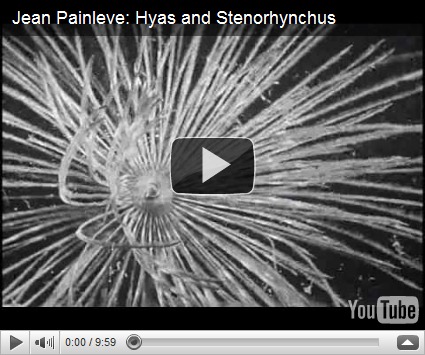


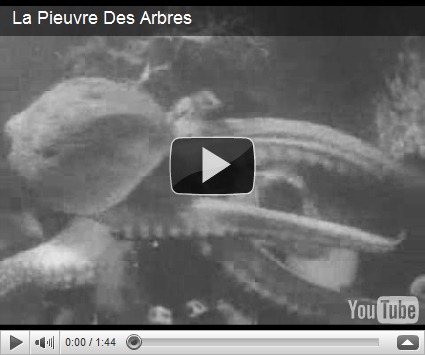

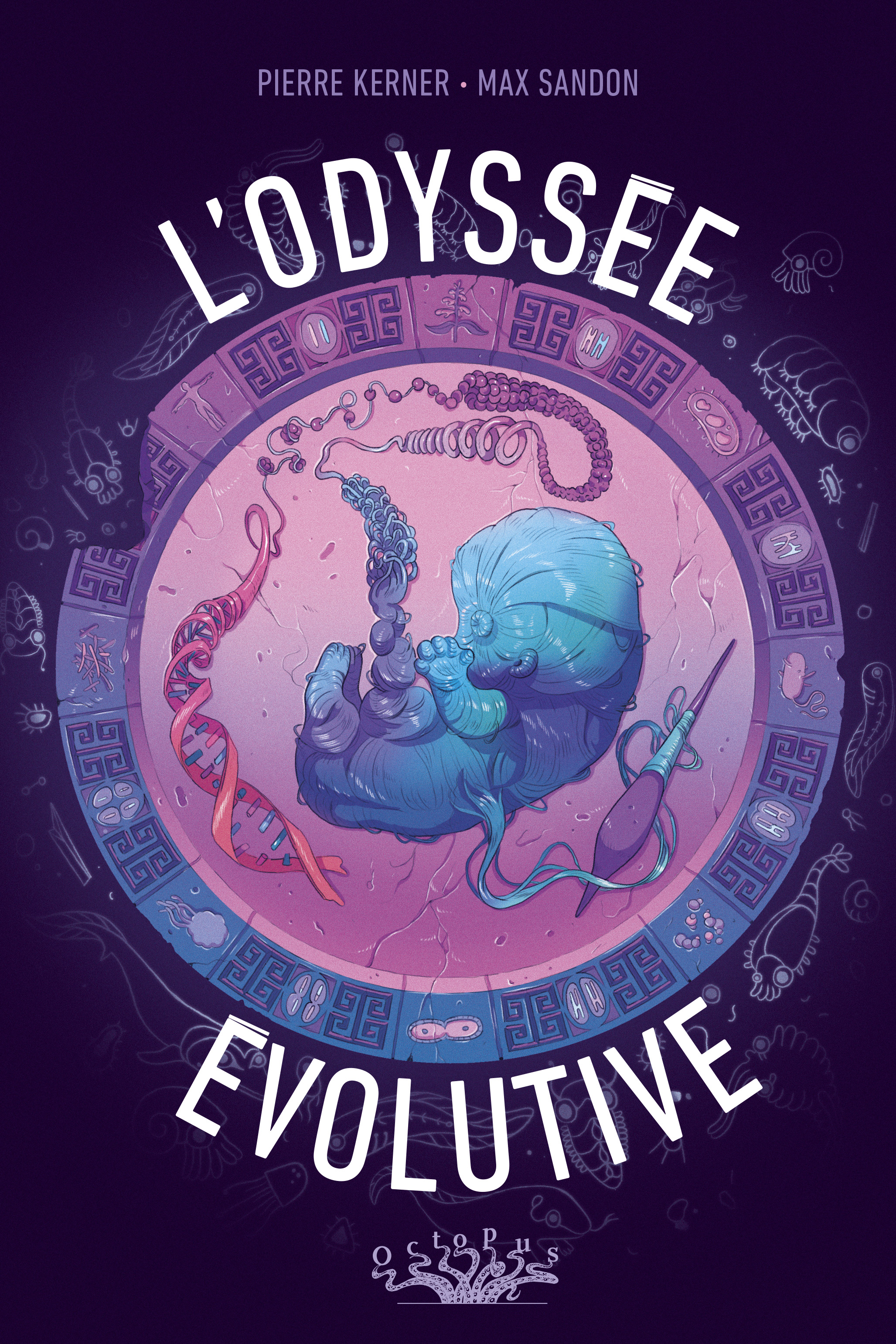
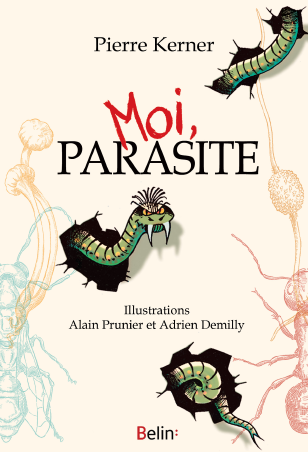
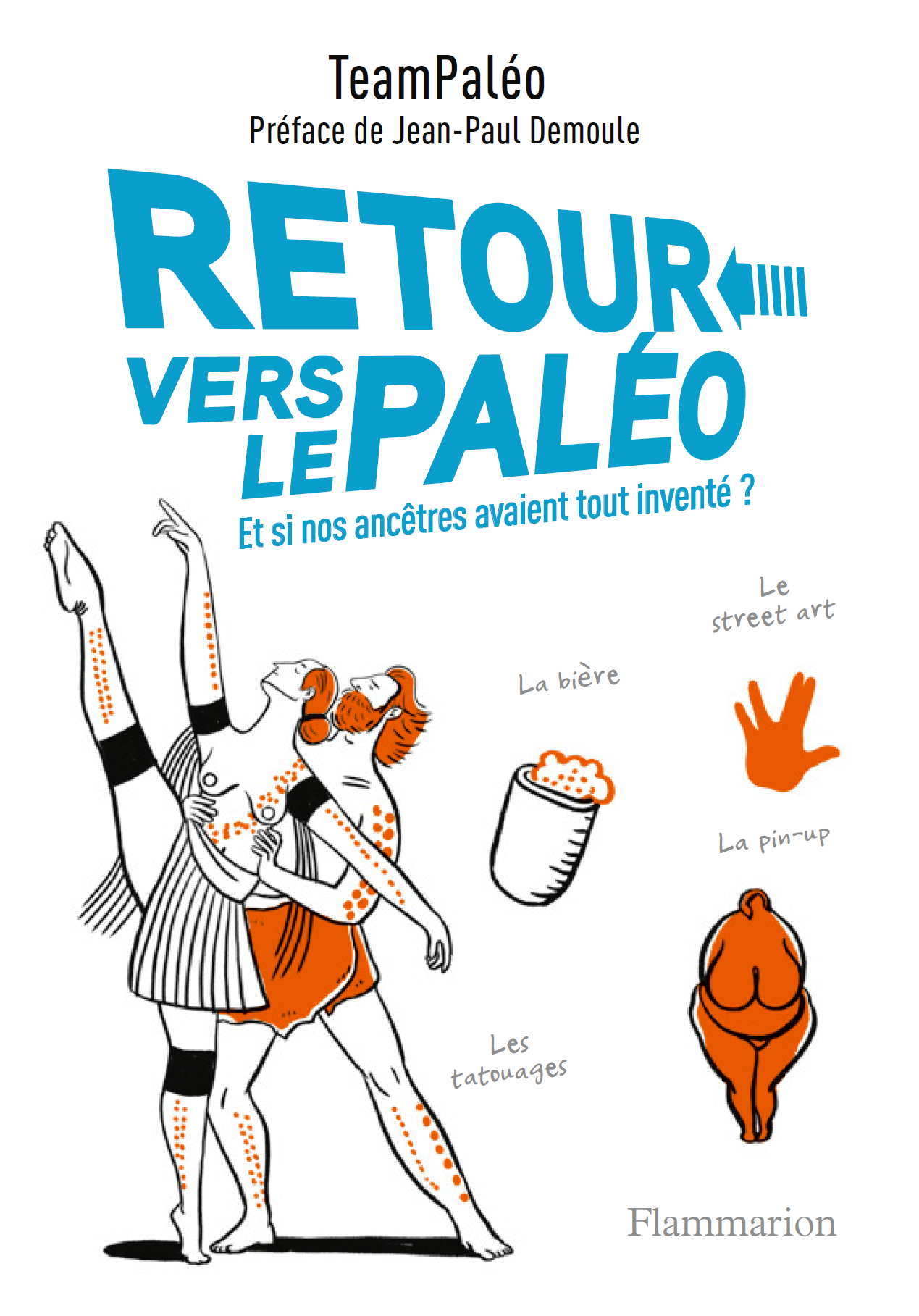
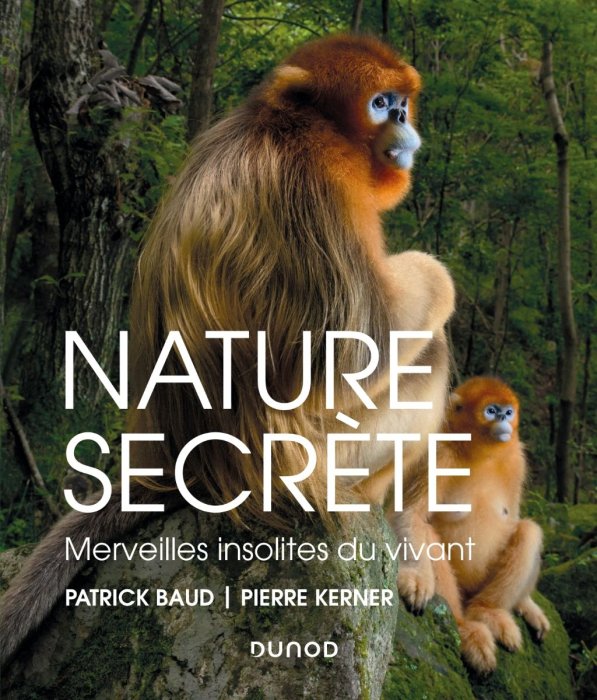
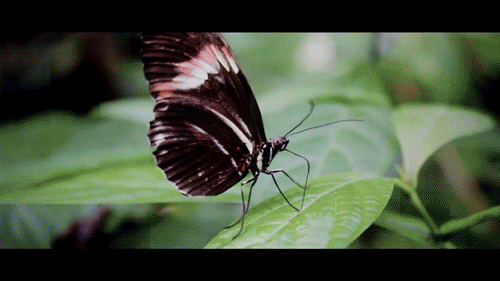




1 De luxsword - 11/10/2010, 21:07
Seule la vidéo "La pieuvre des arbres" est visible. Les autres ne sont "plus disponibles suite à une réclamation pour atteinte aux droits d'auteur soumise par The Criterion Collection."
Et j'avoue ne pas capter comment la pieuvre peut se retrouver dans un arbre...
2 De Taupo - 13/10/2010, 16:20
J'ai été contacté par la société qui gère les archives de Jean Painlevé, et on m'a demandé d'enlever le contenu vidéo de mes articles. Après avoir proposé de faire le lien entre mon article et leur site, et reçu une réponse négative, j'ai répondu que ces vidéos sont des liens et qu'il fallait les supprimer à la source... ce qui a visiblement été fait. Je changerai l'article en y mettant plus de détails sur l'affaire dans un futur proche.
3 De china wholesale - 09/11/2010, 01:34
Nice.
4 De mary - 26/11/2010, 11:47
thank you so much for this greats informations !! good work